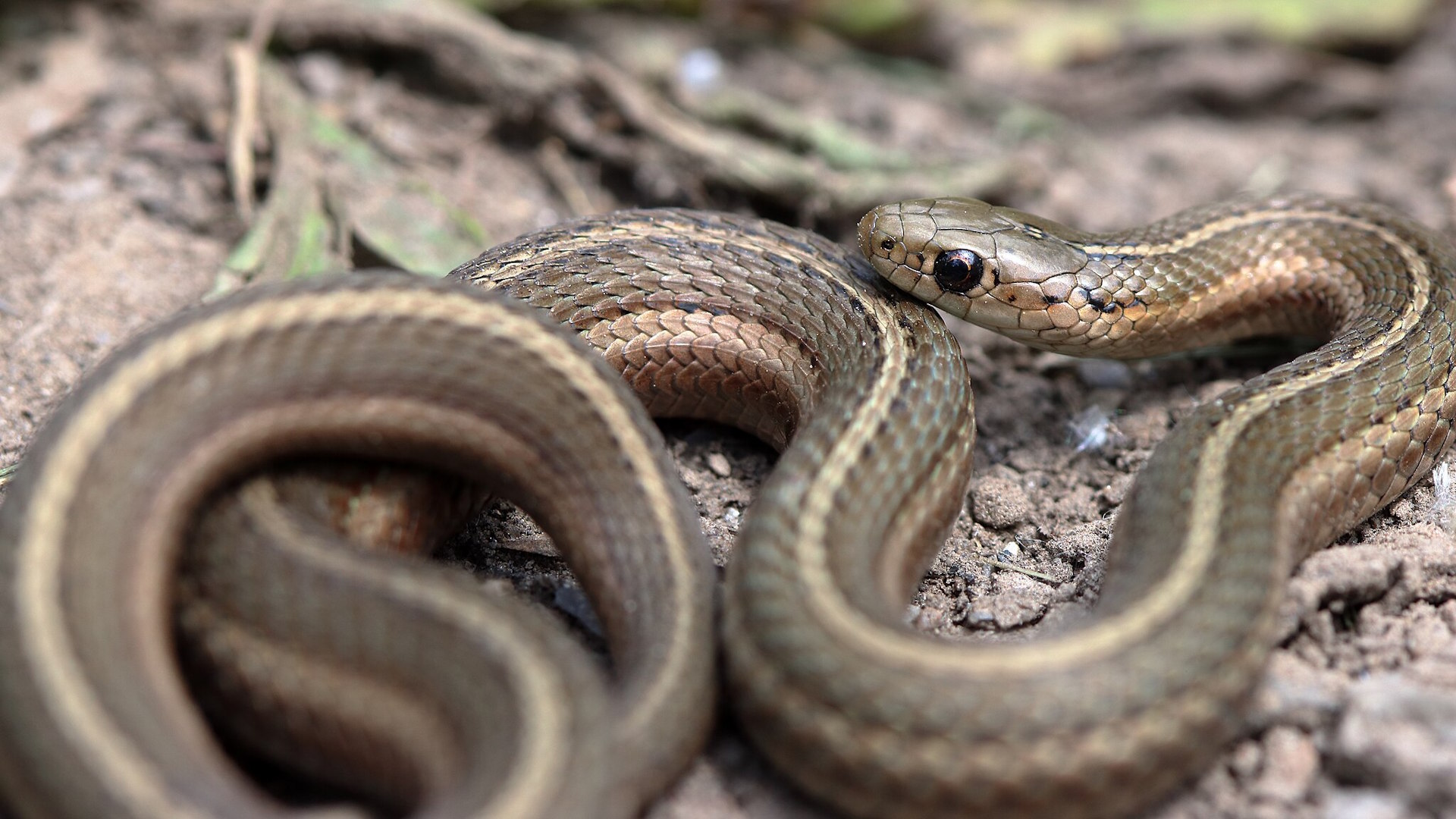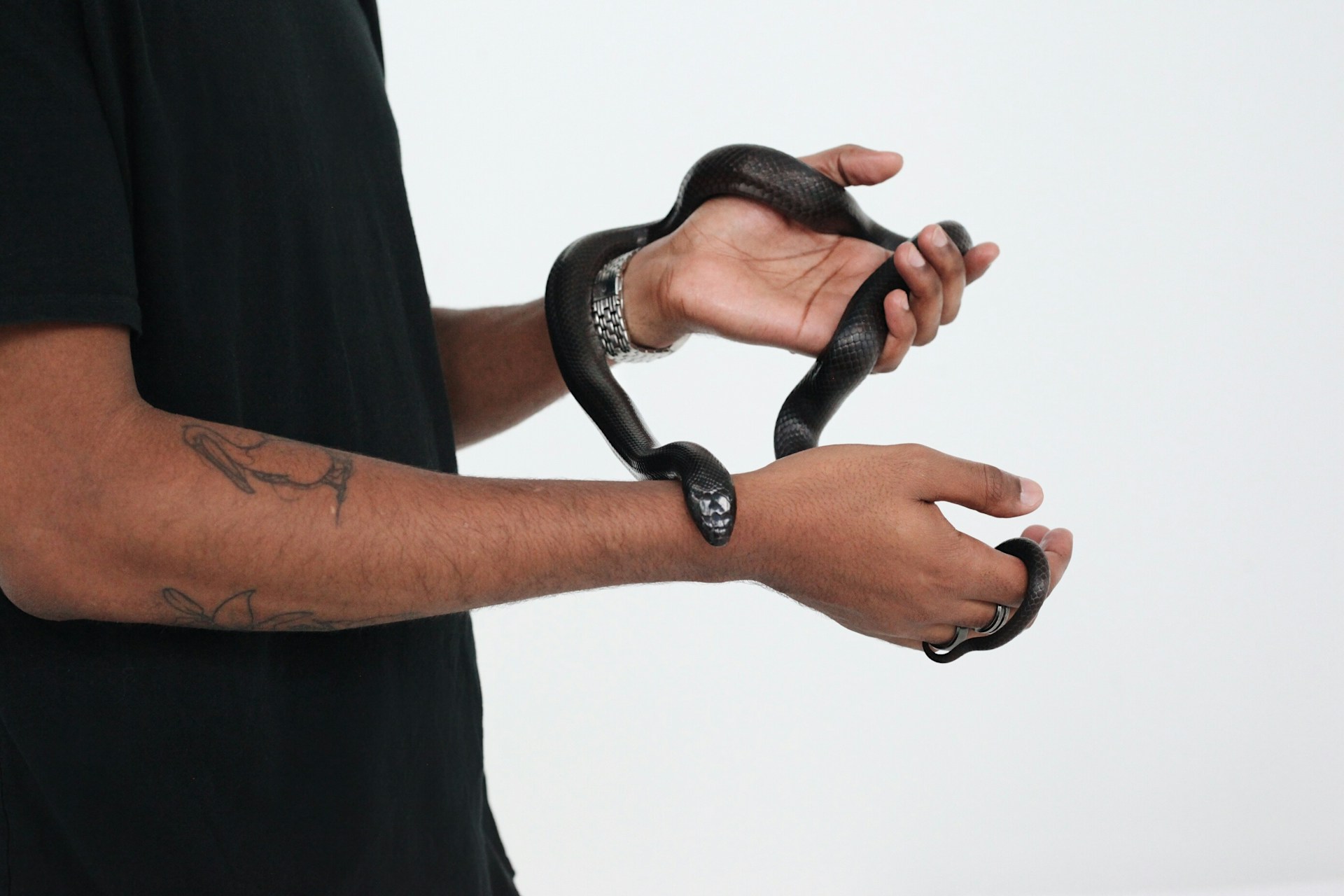The line between life and death can be as thin as a snake’s fang. Across the globe, thousands of people encounter venomous snakes each year, with many of these encounters resulting in bites that can lead to severe injury or death. Yet, some individuals have lived to tell tales of survival against overwhelming odds—stories that serve as both cautionary examples and testimonies to human resilience. These real-life close calls with the world’s deadliest serpents not only fascinate but educate us about snake behavior, proper safety protocols, and the critical importance of timely medical intervention. Through examining these harrowing encounters, we gain valuable insights into surviving one of nature’s most perfectly evolved predators.
The Australian Taipan Terror: A Herpetologist’s Nightmare
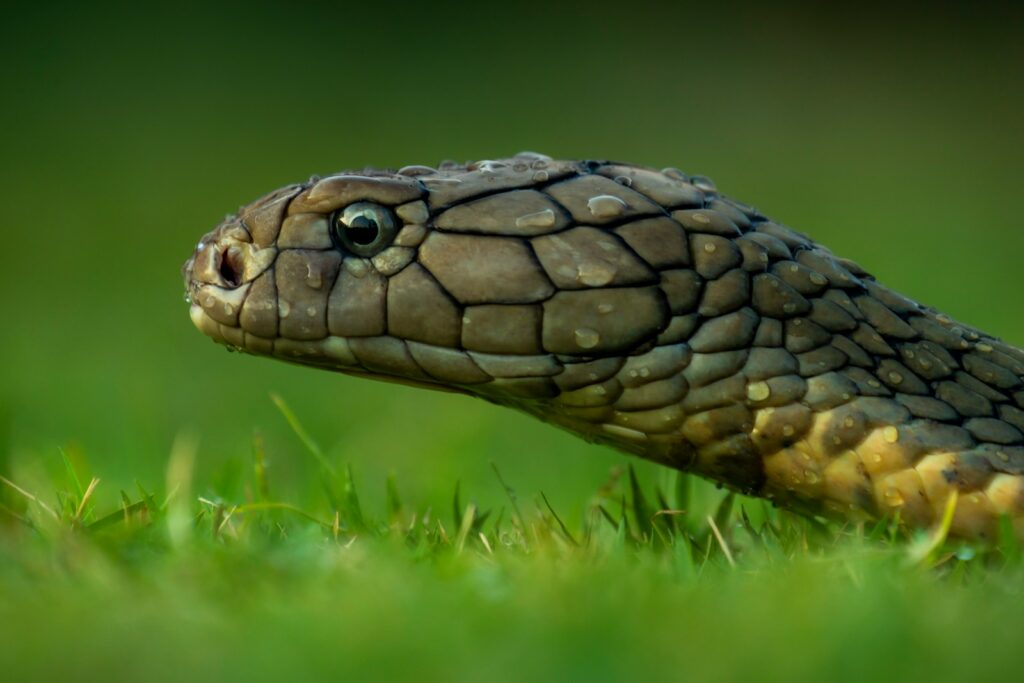
Mark Williams, an experienced Australian herpetologist, found himself facing his worst fear while conducting field research in Queensland. Working with the inland taipan—considered the most venomous terrestrial snake in the world—Williams made a critical error when a momentary lapse in concentration resulted in a strike to his hand. With venom capable of killing 100 adult humans with a single bite, Williams knew he had minutes, not hours, to seek treatment. His quick-thinking colleague applied a pressure bandage and immobilized the limb while calling emergency services. During the airlift to the hospital, Williams began experiencing respiratory distress as the neurotoxins took effect. Despite receiving antivenom within 45 minutes, his recovery took months, with lingering nerve damage in his hand serving as a permanent reminder of his encounter with Australia’s most lethal serpent.
Rattlesnake Ridge: A Hiker’s Battle for Survival
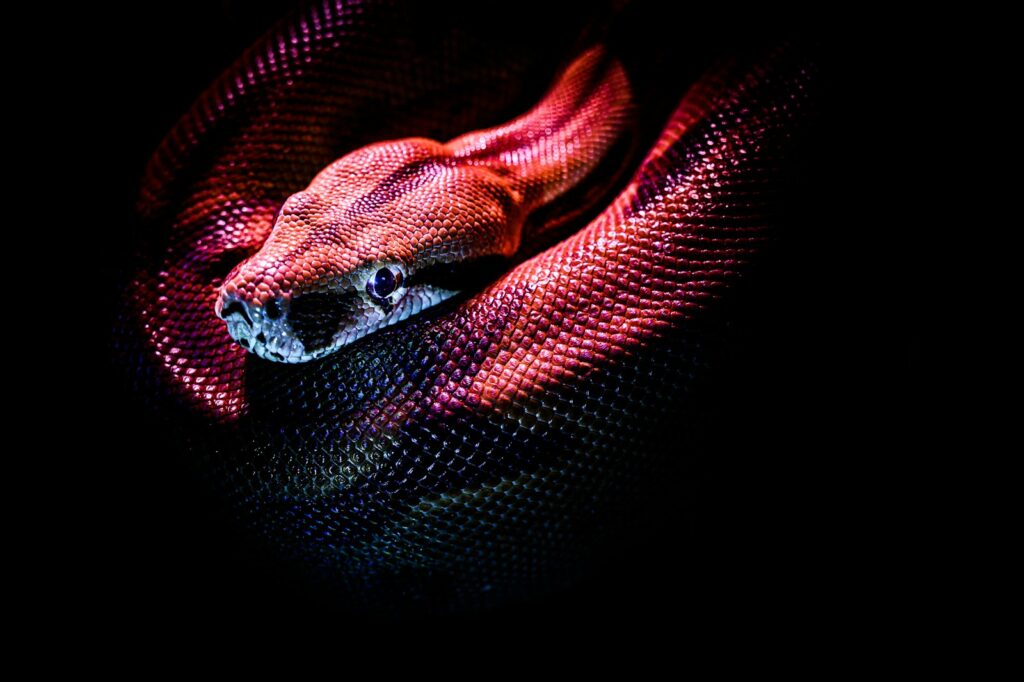
Jennifer Kowalski never imagined her weekend hike in Arizona’s Superstition Mountains would end in a life-or-death struggle. While stepping over a rock formation, she disturbed a Western diamondback rattlesnake that struck her calf without warning. Hiking alone and six miles from the trailhead, Kowalski faced a desperate situation as pain and swelling rapidly intensified. Remarkably, she maintained enough composure to use her hiking pole as a makeshift splint, avoided elevating her heart rate, and slowly made her way down the trail while using her cell phone to guide search and rescue to her location. The four-hour ordeal before reaching medical care resulted in significant tissue damage requiring multiple surgeries, but doctors credited her calm demeanor and correct first aid application with saving both her life and her leg. Her experience has since become a cornerstone of wilderness first aid training programs throughout the Southwest.
The King Cobra Keeper: 15 Minutes from Death
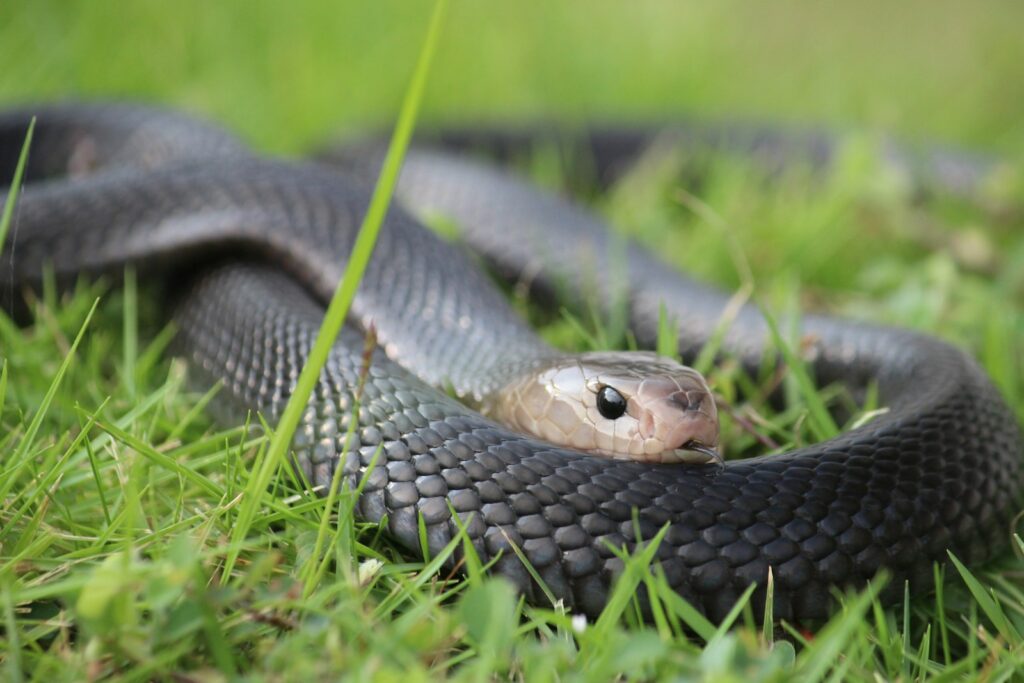
Professional snake handler James Chen had worked with venomous snakes for over twenty years without incident until an 18-foot king cobra named “Emperor” changed everything at a conservation facility in Thailand. During a routine enclosure cleaning, the massive snake struck with lightning speed, delivering a bite to Chen’s forearm that immediately began to burn like fire. King cobra venom contains potent neurotoxins that can cause respiratory failure within hours, giving Chen a narrow window for treatment. Facility protocols enabled immediate administration of polyvalent antivenom, but Chen’s condition deteriorated rapidly as he was rushed to the hospital. Medical records would later show that his blood pressure dropped to near-fatal levels, and he required mechanical ventilation for 72 hours. Chen’s extensive knowledge of snake behavior saved his life—he had positioned himself near the facility’s emergency response station and had verbally identified the exact species before losing consciousness, ensuring he received the correct antivenom without delay.
African Black Mamba: The Miracle in Mozambique
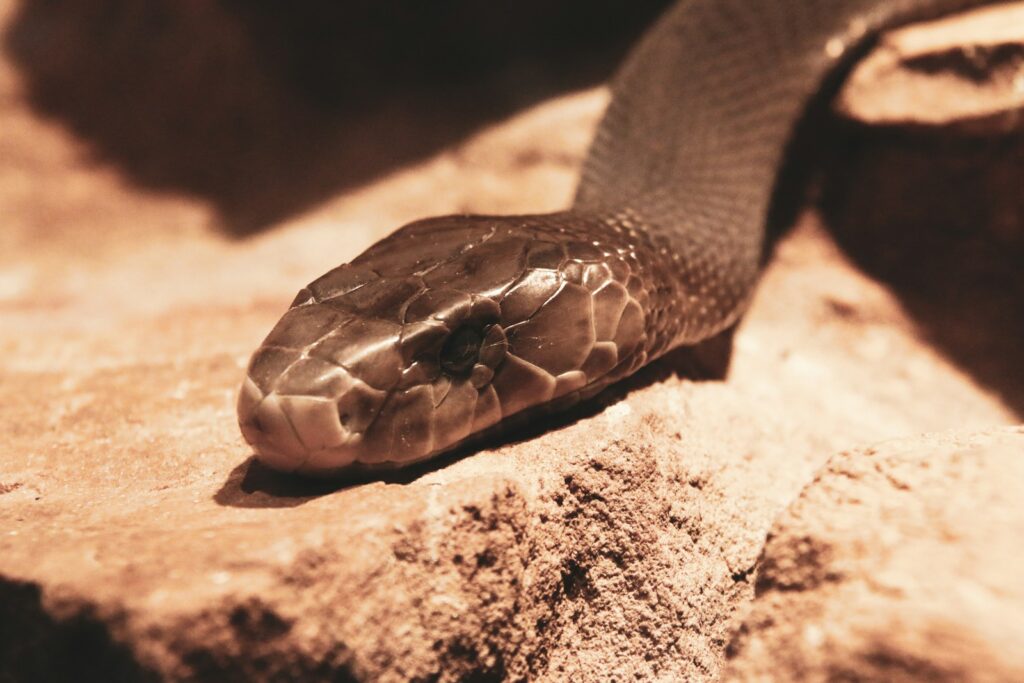
Maria Ferreira’s encounter with a black mamba while harvesting vegetables on her family farm in rural Mozambique should have been a death sentence. Known for their aggressive temperament, lightning speed, and highly toxic venom, black mambas cause numerous fatalities across Africa each year. When the 8-foot serpent struck her twice on the leg, Ferreira was over four hours from the nearest hospital with antivenom. Her husband fashioned a tourniquet and carried her to their truck, driving treacherous roads while Ferreira battled escalating symptoms including blurred vision, difficulty breathing, and eventually, partial paralysis. What makes her story remarkable is that she survived despite receiving antivenom well outside the typical window for effective treatment. Doctors attribute her survival to several factors: the snake may have delivered a “dry bite” with minimal venom, her husband’s first aid slowed venom spread, and her exceptional physical health provided resilience against the venom’s effects. Today, Ferreira advocates for better access to antivenom in rural African communities.
The Brazilian Bushmaster Botanist
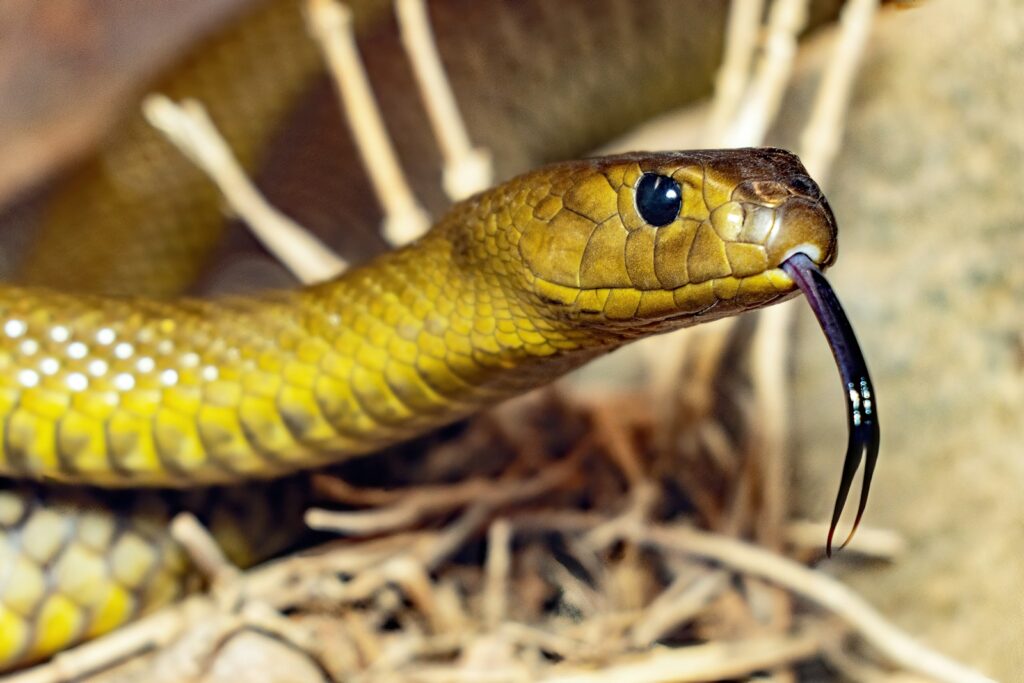
Dr. Paulo Martins, a botanist studying medicinal plants in Brazil’s Amazon rainforest, encountered a bushmaster—South America’s largest venomous snake—hidden among leaf litter during a specimen collection expedition. The 7-foot serpent struck without warning, delivering hemotoxic venom that immediately began destroying tissue and affecting blood coagulation. Isolated deep in the jungle, Martins and his research team faced a 15-hour journey to the nearest medical facility. They improvised a stretcher from branches and fabric, taking turns carrying him through dense jungle while maintaining radio contact with emergency services. During the journey, Martins experienced severe internal bleeding, with blood seeping from his gums and into his joints. Remarkably, he maintained consciousness throughout most of the ordeal, documenting his symptoms via audio recorder for scientific purposes. After receiving multiple doses of antivenom and several blood transfusions, Martins survived but lost significant muscle tissue in his leg. His detailed symptom journal later became an important resource for medical researchers studying bushmaster envenomation.
Eastern Brown Snake: The Schoolyard Incident

Physical education teacher Robert Davidson became an unlikely hero during a routine sports class at an Australian primary school when he spotted an eastern brown snake—the world’s second most venomous land snake—slithering toward a group of children. Without hesitation, Davidson attempted to redirect the snake away from the students, but the agitated reptile struck, delivering a bite to his ankle. Despite knowing the extreme danger he faced, Davidson’s first action was to ensure all children were safely inside before addressing his own injury. Only then did he apply first aid and call emergency services. Within minutes, he began experiencing symptoms including dizziness and abdominal pain as the powerful neurotoxins took effect. Paramedics arrived within twelve minutes—a critical factor in his survival, as eastern brown snake venom can cause death within two hours. Davidson received antivenom and spent five days in intensive care, eventually making a full recovery. His quick thinking and selfless actions prevented what could have been multiple casualties among the children under his care.
Russell’s Viper: The Rice Paddy Tragedy Averted
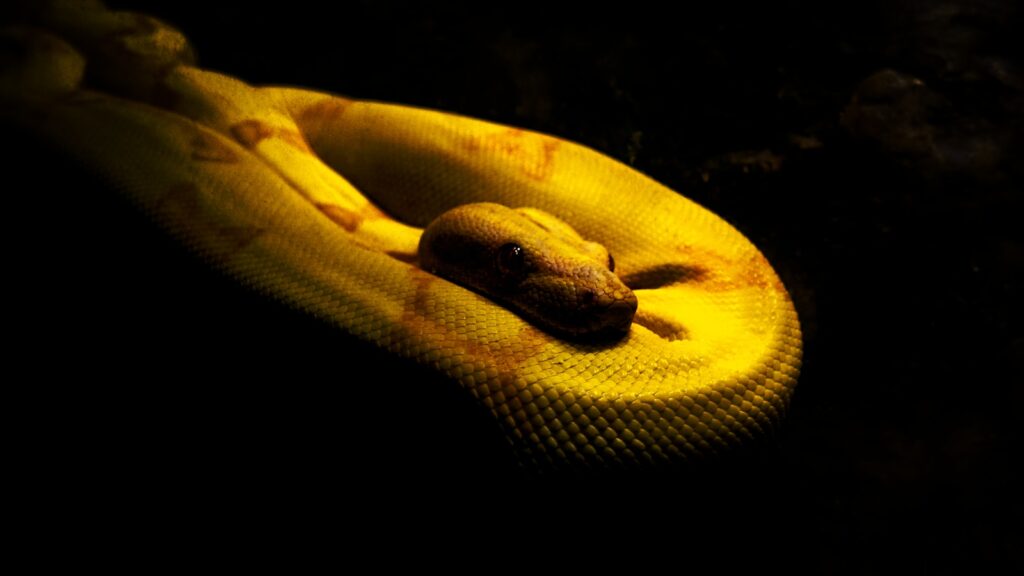
Farming rice in India’s Tamil Nadu region has always carried the risk of snake encounters, as 45-year-old farmer Rajiv Patel discovered when a Russell’s viper—responsible for more human deaths in India than any other snake—bit him while he was harvesting crops. The distinctive burning pain was immediately recognizable to Patel, who had witnessed neighbors die from similar bites over the years. Unlike many rural victims who first seek traditional healers, Patel’s family immediately transported him to a hospital equipped with antivenom, a decision that proved lifesaving. Russell’s viper venom causes catastrophic effects including uncontrollable bleeding, kidney failure, and tissue death. During his three-week hospitalization, Patel required dialysis and suffered significant necrosis around the bite site, but ultimately survived without limb amputation. His case highlights how immediate medical intervention can dramatically change outcomes, even with bites from snakes responsible for thousands of annual fatalities. Patel now conducts snake safety awareness programs in rural communities, emphasizing the importance of rapid hospital transport rather than traditional remedies.
The Fer-de-Lance Forest Ranger
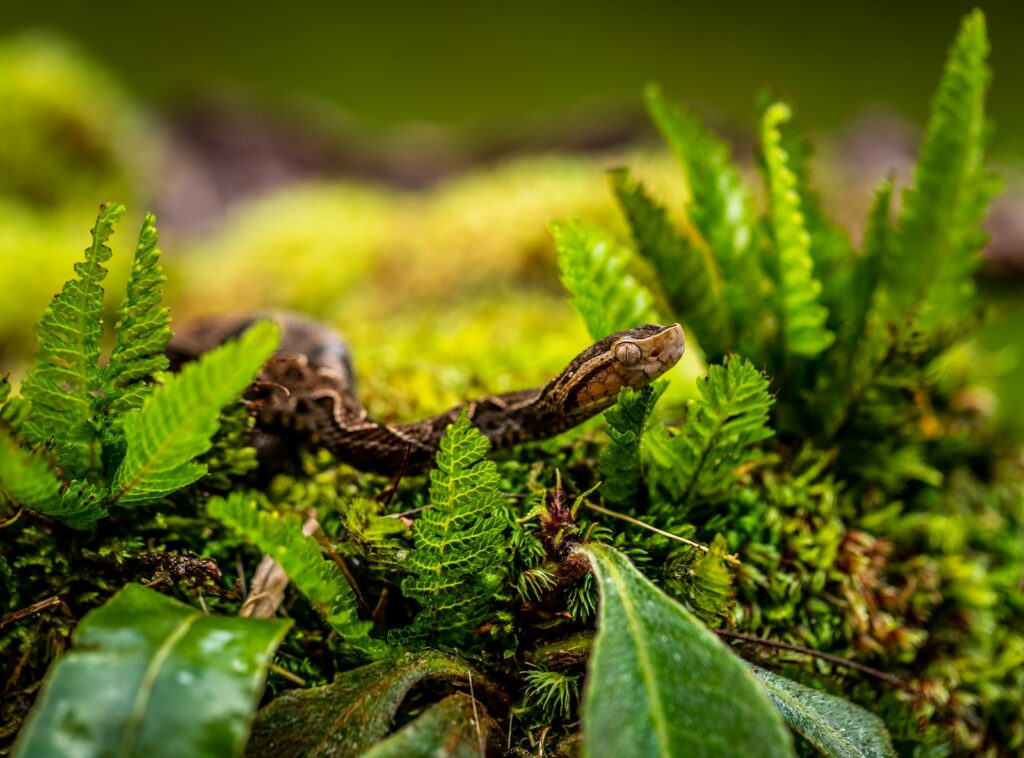
Costa Rican forest ranger Carlos Mendez encountered a fer-de-lance—locally known as terciopelo—while clearing a hiking trail in Corcovado National Park. Despite his extensive experience and caution, the perfectly camouflaged pit viper struck without warning, delivering hemotoxic venom that began destroying tissue immediately. Working alone in a remote section of the park, Mendez faced a three-hour hike back to ranger headquarters with a rapidly swelling limb. Using his radio, he coordinated his own rescue while following protocols he had taught countless visitors—moving slowly to minimize venom spread, keeping the bite site below heart level, and remaining as calm as possible despite excruciating pain. A helicopter evacuation delivered him to a hospital within four hours of the bite, where he received specialized antivenom developed specifically for Central American pit vipers. Despite prompt treatment, the powerful venom caused significant tissue damage requiring multiple surgeries. Mendez’s intimate knowledge of both the park terrain and proper first aid protocols proved crucial to his survival, underlining how education can mean the difference between life and death in venomous snake encounters.
Egyptian Cobra: The Ancient Threat Returns
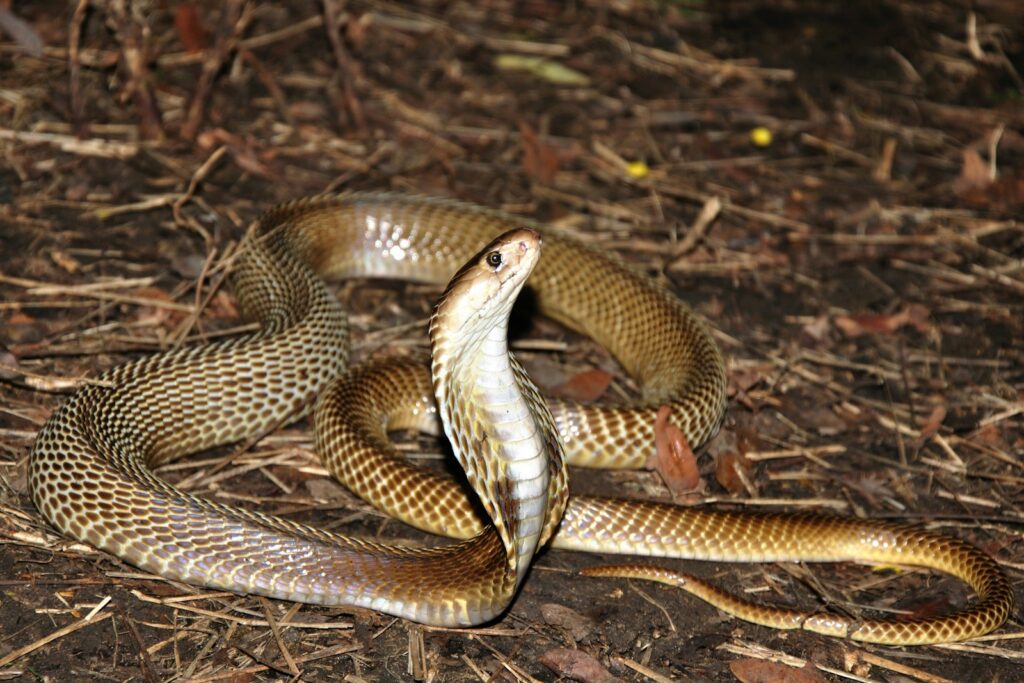
Archaeological researcher Sarah Thompson never expected to face the same threat that killed Cleopatra while excavating an ancient temple complex near Luxor, Egypt. While documenting hieroglyphics in a recently uncovered chamber, Thompson disturbed an Egyptian cobra that had made its home in the ruins. The snake, whose venom was used for executions in ancient Egypt, delivered a bite to her wrist before slithering away into the darkness. Immediate symptoms included burning pain and progressive numbness as the neurotoxic venom began affecting her nervous system. Thompson’s colleagues implemented their expedition’s emergency protocol, applying a pressure bandage and arranging rapid transport to Cairo’s toxicology center. During the three-hour journey, Thompson experienced escalating difficulty breathing and partial facial paralysis. The specialized antivenom required for Egyptian cobra bites was fortunately available, though in limited supply. Thompson’s case underscores how even well-prepared researchers face significant risks when working in regions with deadly snake species, particularly when excavations disturb habitats where these animals may have established territories undisturbed for decades or even centuries.
The Gaboon Viper Photographer
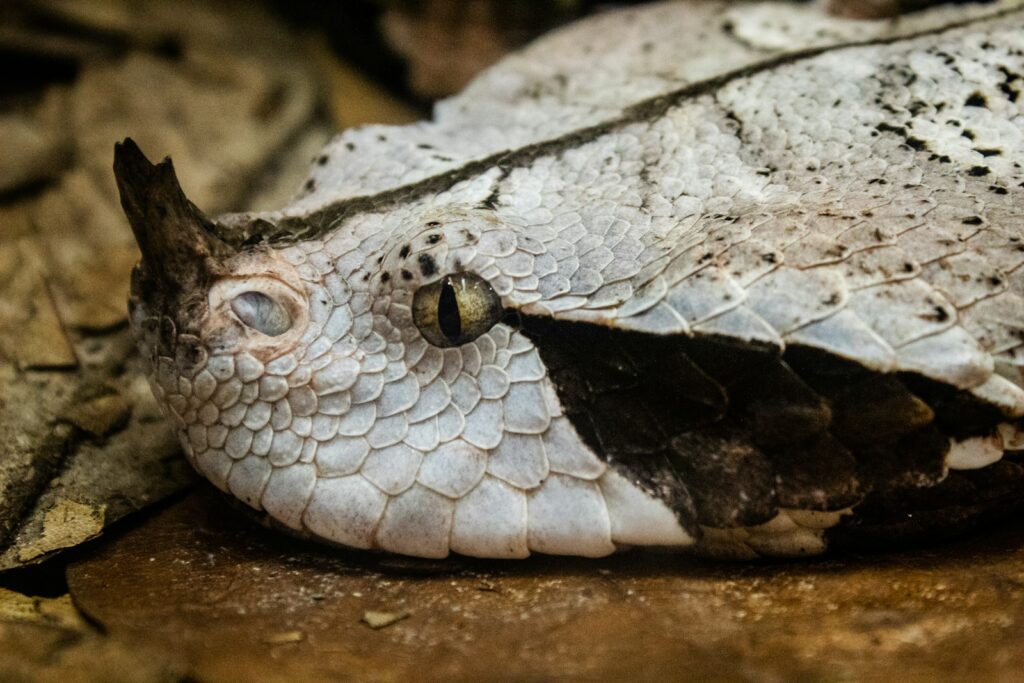
Wildlife photographer Eric Lafferty’s pursuit of the perfect image nearly cost him his life in the rainforests of Gabon when he encountered a gaboon viper—possessor of the longest fangs and highest venom yield of any venomous snake. While setting up a remote camera trap, Lafferty inadvertently positioned his hand inches from the perfectly camouflaged serpent. The resulting bite delivered an enormous quantity of venom, with typical gaboon viper envenomations containing enough toxin to kill multiple humans. Within minutes, Lafferty experienced catastrophic swelling and immediate tissue damage as the hemotoxic venom began breaking down blood cells and tissue. His assistant applied pressure bandages and contacted their base camp via satellite phone, initiating a complex evacuation involving jungle porters, off-road vehicles, and eventually, a medical evacuation flight. During the 18-hour journey to definitive care, Lafferty received basic antivenom at a rural clinic, but the massive venom load caused systemic bleeding, with blood seeping from his gums and into his joints. Upon reaching a specialized facility, he required multiple antivenom doses, blood transfusions, and ultimately, surgical intervention to save his arm from compartment syndrome. His recovery spanned eight months and included extensive physical therapy.
Tiger Snake Terror on Tasmania’s Trails
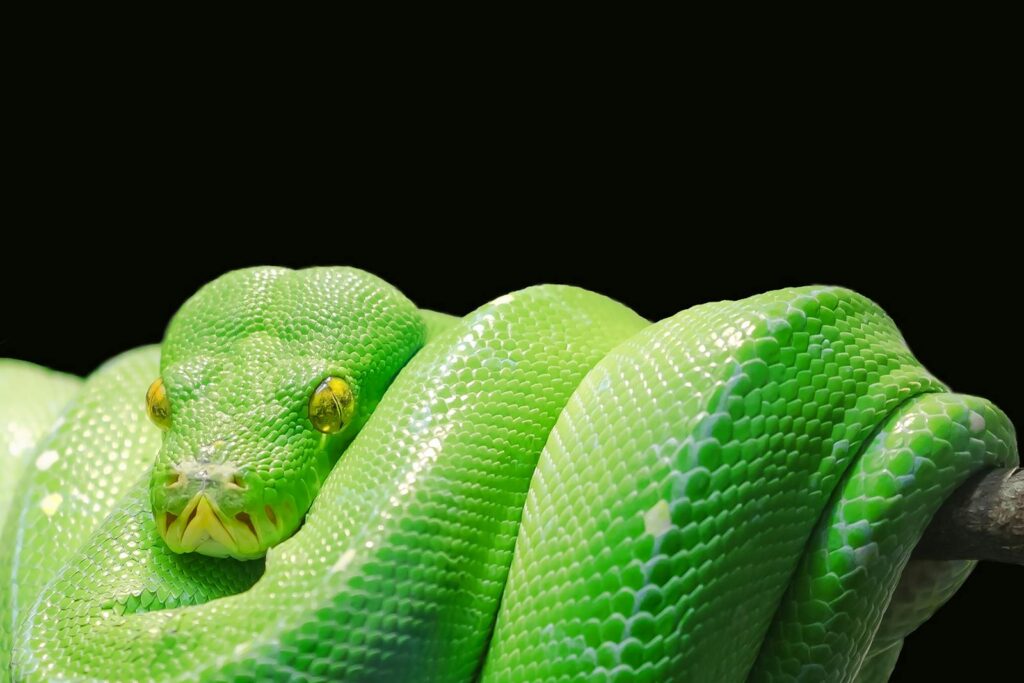
Experienced trail runner Michael Donovan’s regular route along Tasmania’s coastal paths turned life-threatening when he stepped over a fallen log and landed inches from a highly venomous tiger snake. The startled reptile struck twice in rapid succession, delivering neurotoxic venom that ranks among Australia’s most potent. Despite the immediate burning pain, Donovan remembered his wilderness first aid training, using his shoelaces and a bandana to create pressure bandages over the bite sites while using his smartwatch to alert emergency services with his GPS coordinates. The remote location necessitated a helicopter rescue, during which Donovan began experiencing the classic progression of tiger snake envenomation: blurred vision, difficulty swallowing, and gradually spreading paralysis. The helicopter’s medical team administered preliminary treatment during transport, stabilizing him until he could receive the specific tiger snake antivenom at Hobart Hospital. Donovan’s case is particularly notable for his perfect execution of the pressure-immobilization technique, which doctors credited with significantly slowing venom absorption and preventing respiratory failure before he could reach definitive care. His recovery required three weeks of hospitalization but resulted in no permanent damage.
Lessons from the Edge: What These Survivors Teach Us
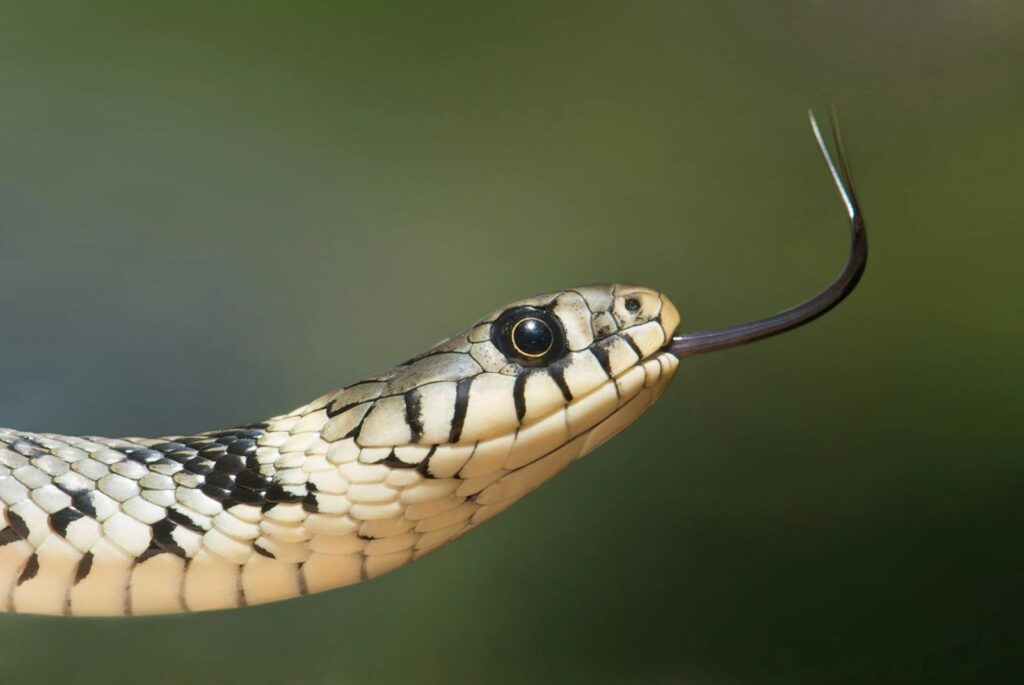
Analyzing these remarkable survival stories reveals several critical factors that repeatedly made the difference between life and death. First, immediate recognition of the snake species involved allowed for targeted antivenom administration, highlighting the importance of basic identification skills in areas with venomous snakes. Second, proper first aid application—particularly pressure-immobilization for neurotoxic venoms and positioning the bite below heart level—consistently improved outcomes by slowing venom spread until medical care could be reached. Third, rapid transportation to appropriate medical facilities with antivenom stocks proved essential, with survival rates dramatically decreasing as time to antivenom administration increased. Perhaps most striking is how preparation and education featured prominently in positive outcomes—those with prior knowledge of proper protocols fared significantly better than unprepared victims. These cases collectively emphasize that while venomous snake encounters remain potentially lethal, human knowledge, preparation, and modern medical interventions have dramatically improved survival prospects from what would have been certain death in earlier eras.
Conclusion

The harrowing accounts of these snake bite survivors serve as powerful reminders of both nature’s potency and human resilience. Each story underscores the critical importance of respect for wildlife, proper preparation when entering snake habitat, and immediate appropriate medical response when bites occur. As climate change and human expansion increasingly bring people into contact with venomous species, these lessons become ever more relevant. The survivors profiled here didn’t just beat overwhelming odds—they’ve contributed valuable insights that help advance medical understanding of envenomation and recovery processes. Their experiences have directly informed improvements in antivenom development, treatment protocols, and public education efforts. While these encounters represent some of nature’s most dangerous moments, they ultimately highlight the remarkable capacity of human knowledge and modern medicine to overcome even the deadliest evolutionary weapons on Earth.


